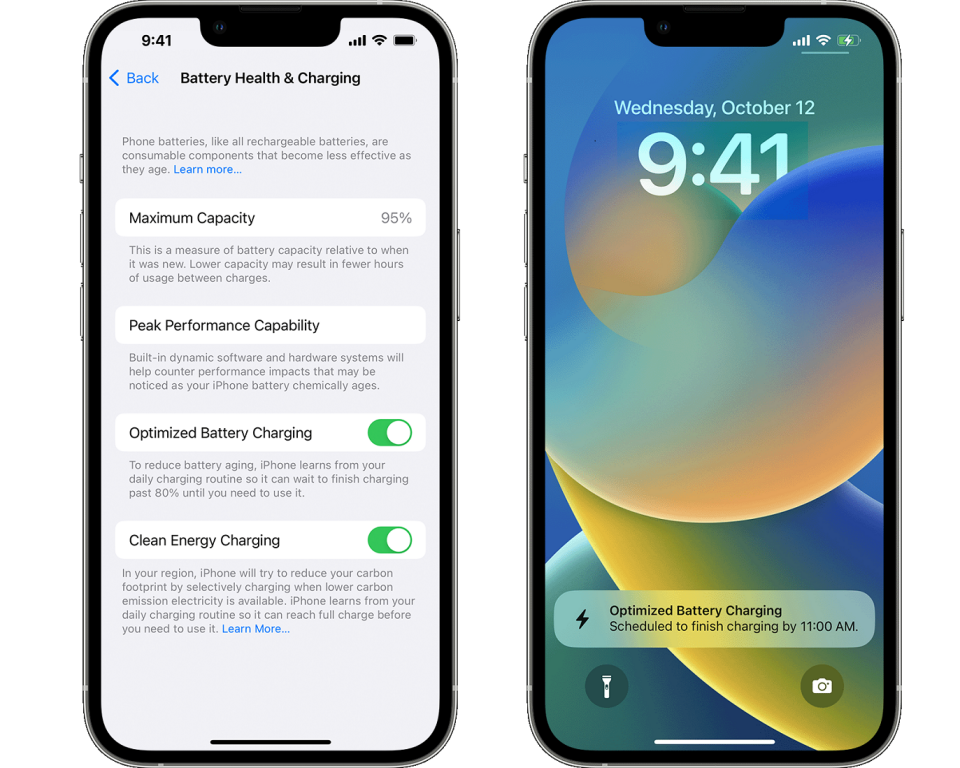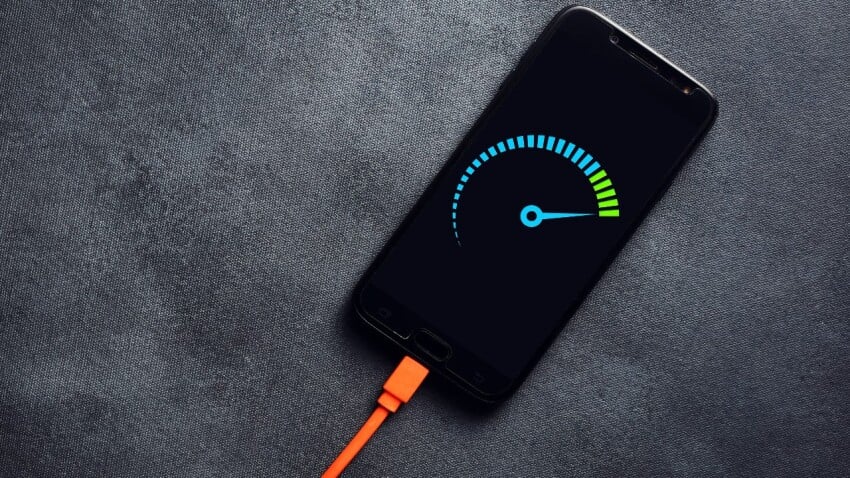We have desired faster smartphone charging for as long as we have owned them. The newest phones have amazing improvements in rapid charging every year. with the past, 30W was considered an extremely rapid charging speed; but, with the newest phones, blistering values above 100W have taken its place. Some new products come with 150W of charging power.
However, the prospect of quicker charging also inspires anxiety. As smartphone manufacturers experiment with ultrafast charging, you might be worried about battery damage and overheating. Could the gadget in your pocket burst on your bedside or during your next journey with just one quick charge? In summary: most likely not, and here’s why.
Graphite and lithium cobalt oxide make up the two layers of phone batteries, as they do most other lithium-ion batteries. Electrons are emitted during the movement of lithium ions through an electrolyte solution from the graphite layer to the lithium cobalt layer. The ions travel in the other direction during battery charging and are stored until you turn on and use your gadget.
After a lengthy charge or intensive use, the energy release produces the heat that may be emanating from the back of your phone. Furthermore, the battery may eventually suffer harm from the heat. Li-ion batteries, however, are now more compact and effective. Before they start to lose their charge capacity, they can withstand a greater number of charge cycles, moving from empty to full and back down again. Watch the video above, which comes from the tech YouTube channel Branch Education, for a visual explanation.
Why Phone Batteries Lose Charge Capacity Over Time
Your smartphone ages organically as it goes through numerous cycles of charging. The battery’s electrolyte solution is one of the causes. The salts in the solution have the potential to crystallize over time and create solids that prevent ions from passing through the solution. Fewer electrons are emitted when fewer ions pass through, which reduces the battery’s capacity to operate at peak efficiency.
Your phone may crystallize more quickly if it is subjected to extreme heat, such as when it is charged quickly and puts a lot of power into the battery at once. On the other hand, leaving it in a warm place—like a car dashboard in the summer—can cause the same effect. Batteries can also deteriorate and lose their effectiveness if they are overcharged. The delicate balance inside a lithium cell can be upset if more power is applied than the battery can handle. This is because excessive power removal from the battery can permanently change the internal structure of the battery by removing too many lithium ions.
Furthermore, lithium is hard to replace once it’s gone. In a Wired interview, University of Cambridge energy storage researcher Kent Griffith stated as follows: “The atomic structure of the material falls apart if you remove all that lithium.” It would resemble removing every support from a building’s floor. It will take longer for the battery to deteriorate if you take good care of it and heed our advice. Nevertheless, regardless of how well you maintain your smartphone, it ultimately happens to all lithium batteries. These days, most phones include settings menus that provide battery health information.
How Phones Mitigate Battery Damage

Batteries would overheat during rapid charging in the early days of fast charging. Phones were more likely to overheat since they weren’t designed to efficiently release extra heat from the battery. Modern phones don’t have this problem and are better at ventilation.
Modern construction incorporates advanced heat management and power flow control mechanisms to optimize battery charging. To divert heat away from the battery, phones today have features like cooling pipes, thermal layers, and heat shields. Furthermore, even if they are left plugged in, a lot of phones these days are set to turn off the power when the battery runs out. To optimize charging for when you need it, phones include charging options that allow them to “learn” your behavior. For example, you can set your phone to charge an hour before you wake up.
Phased rapid charging is also possible with multi-stage charging. The battery receives more power when your phone is at its lowest point of charge since it can handle the increased power consumption more readily. The rate of power decreases as the cell gets closer to full charge; in other words, you don’t get 80W of power the whole time the phone charges. This explains why charging your phone overnight won’t cause it to catch fire.
To keep batteries working at lower temperatures and reduce heat, some gaming phones have cooling components like fans. Occasionally, Xiaomi and other phone manufacturers divide their batteries among several cells. This allows for faster charging times without putting undue strain on the battery, as stated by the manufacturers.
Should You Use Fast Charging?
So is fast charging that bad for your phone? Yes and no. It can be bad for your battery, especially if it goes on for a long period at high power. But modern phones are now designed with battery charging management features to make serious damage less likely.
But as tech YouTuber Marques Brownlee notes, many of these developments are still too recent to determine if they will ultimately function as intended. To get a definitive response, we need more information rather than merely accepting the manufacturer’s word on it.

